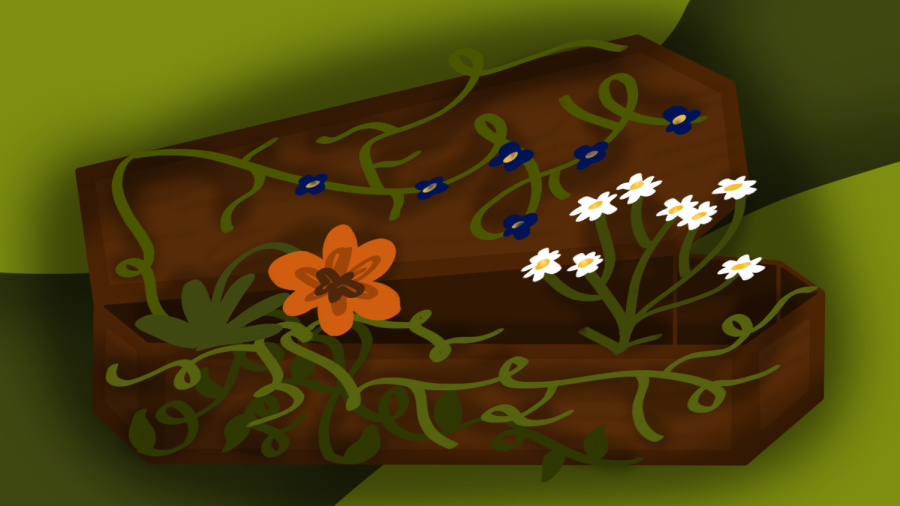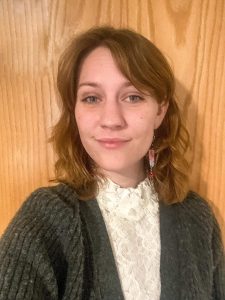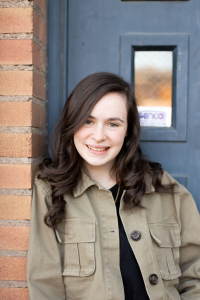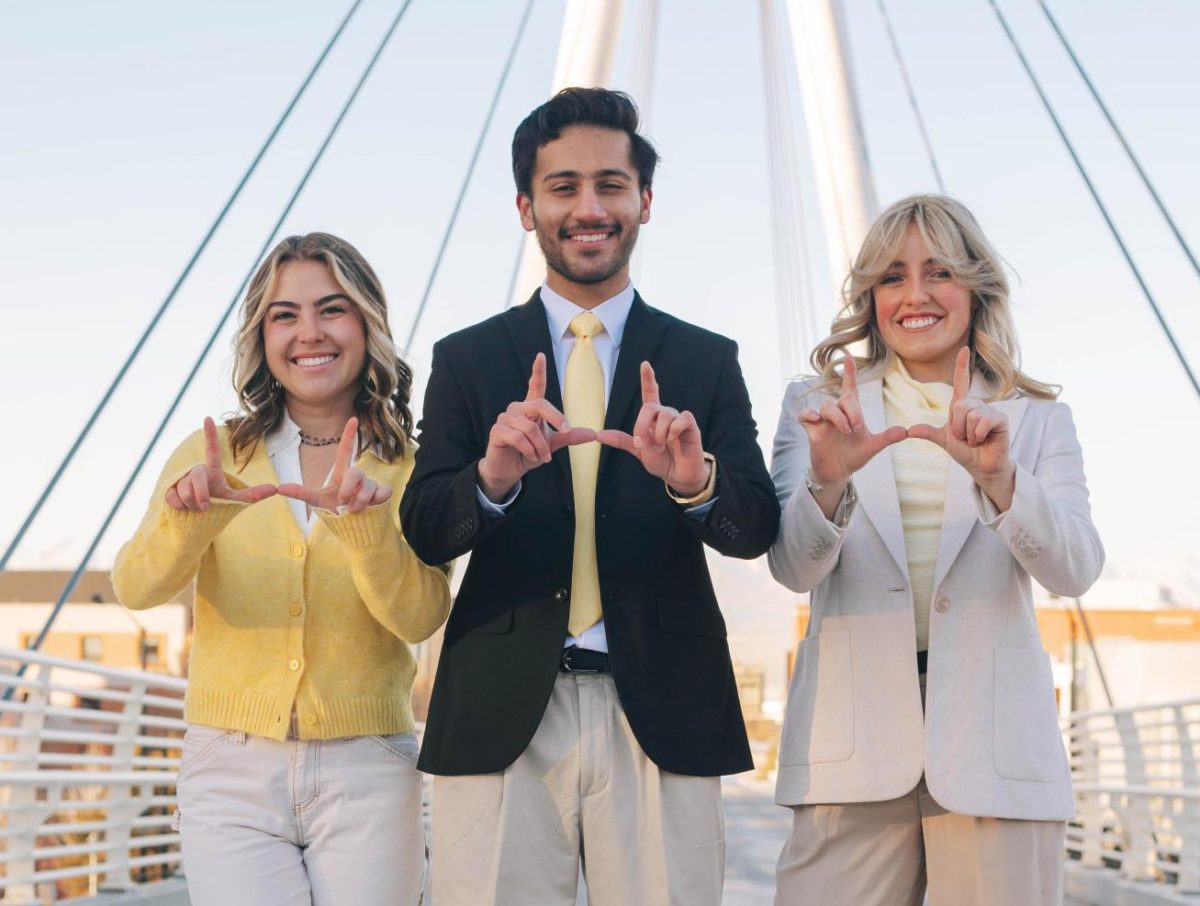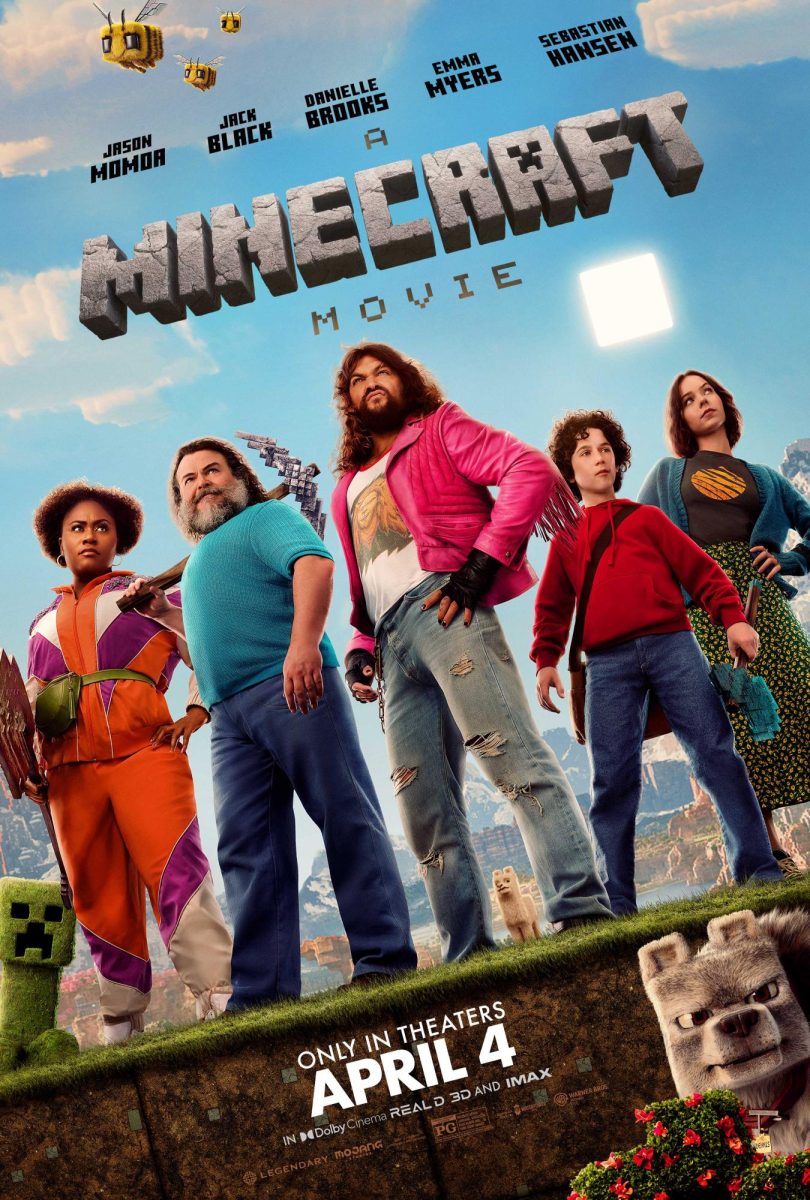Dunn: We Need More Green Burials
(Design by Madelyn Foulger | The Daily Utah Chronicle)
June 4, 2023
According to the International Cemetery, Cremation and Funeral Association, only about 24% of Americans plan their own funeral. This leaves surviving relatives to plan their deceased loved ones’ funerals, which brings with it a number of stressful decisions. They must decide how and where their loved one is laid to rest, and how much is going to be spent on the service. “Green” funerals, or environmentally friendly funerals, offer simple and less expensive options that can reduce funeral planning stress and benefit the environment.
One of the largest stressors while planning a funeral is the cost. In Utah, the cost of a funeral can range from $2,500 to $6,755. This doesn’t include the casket and cemetery plot, which range from $300 to $3,000 and $850 to $3,000, respectively. Cremation can also cost up to around $3,200. More expensive cremations typically replace entire funeral services. Some funeral homes can perform cremations for around $750, but these are without the full services that allow family and friends to pay their respects.
Both traditional burials and cremations are not environmentally friendly options. Each cremation releases the amount of greenhouse gases equivalent to driving a car 500 miles. Cremated ashes also have a high pH, which is harmful to plant growth.
As for traditional burials, cemeteries across the U.S. use approximately 1.6 million tons of concrete and 64,500 tons of steel each year. The amount stems from common cemetery regulations that require grave liners or burial vaults surrounding buried caskets. This is because caskets buried on their own tend to sink under the pressure of the earth above. Burial vaults allow cemeteries to avoid constant work to maintain level ground. This is purely for aesthetics, and using a vault means there’s now a block of unusable space where the deceased has been buried.
Even if a burial does not use a vault, most choose to embalm deceased individuals before being buried. Generally speaking, formaldehyde, a key ingredient in embalming,evaporates from soil. However, it is toxic at high levels, and there are still risks of exposure related to funerals. Embalmed bodies in Northern Ireland caused a severe health risk when cemeteries kept flooding with underground water. In this instance, the flooding caused the underground water to mix with the chemicals of decaying and embalmed bodies. Additionally, studies have found that long-term formaldehyde exposure may have a link to cancer. This puts funeral directors at a higher health risk, especially if ventilation systems in funeral homes are not up to par.
Green burials include water cremation, human composting and natural burials. Water cremation, or alkaline hydrolysis, uses a vat of alkaline water with 5% potassium hydroxide to dissolve soft tissues. The resulting mix is safe for funeral homes to pour down the drain before they crush the bones into fine powder.
Human composting involves placing remains in a steel container with water, heat, mulch and microbes. This process speeds up natural decomposition and turns the body into nutrient-rich soil and bones. The soil produced creates an effective fertilizer, unlike burial vaults that make the ground unusable.
Natural burials are the easiest of the green burial options. In this scenario, bodies are put in a shroud or a biodegradable casket without embalming, grave liners or large headstones. Not only does this cut down funeral costs — no mahogany casket to worry about paying for — but it also has a minimal environmental impact. Like composting, natural burials allow for natural decomposition processes that benefit the environment. This is also a green alternative for people, such as Muslims, who don’t practice cremation.
One of the best eco-friendly burial options is donating your body to science. David Hess, director of Salt Lake Community College’s mortuary science program, explained the benefit of body farms, the research facilities that study human decomposition. Hess said they are “kind of twofold.” Body farms put the deceased in a field where they decompose naturally, while still being used in a scientific manner for research. This leaves a minimal environmental impact, and the research conducted can assist in solving crimes or related ventures. Well-known body farms include the Anthropology Research Facility at the University of Tennessee, Knoxville and the Forensic Anthropology Research Facility at Texas State University.
In Utah, there is no law that requires a casket, burial vault or embalming. However, 58.2% of Utah funerals in 2015 were traditional burials, making them the most common choice. Cremation followed at 32.4%. Currently in Utah, water cremation is legal, although few funeral homes offer it. Additionally, most cemeteries have regulations that require caskets and grave liners. Only one cemetery company in Utah, Memorial Mortuaries and Cemeteries, has certified green burial services.
Even if you opt for a traditional burial, Hess also explained, you can still do little things to go green. You can forgo embalming for refrigeration or simply not print service programs. Whatever decision is made, funeral services should be true to the deceased and allow families to work through their grief. However, green burial options should be more readily available for those that want them. Green burials cut down personal costs and negative environmental impacts. They are a simpler, less stressful funeral alternative that still gives space to honor those that have passed.


